On the eve of the Iranian New Year, Nowruz we reached out to Prof. Larry Cata Backer , Professor of Law and International Affairs at Penn State University. Answering the question - “what has been the most significant development in the international arena during the last 12 months and why?”, he told:
"The last twelve months have proven to be one of those moments in human history when the many trajectories of human history, expressed in its politics, culture, economics, law, and social organization both converge and explode. That explosion at last begins to reveal the emergence of what the Chinese have been calling a “New Era” (though without recognizing its global extent) and the baseline premises within which New Era societies will be organized. It exposes as well those structures and aspirations which will be shed and those that will now be centered as humanity follows its many paths forward. This is no hyperbole meant only to catch the attention of the reader, only to deliver some sort of meager analysis, or worse, to marshal paltry and limp evidence that amounts to little more than “business as usual” with winners and losers. The last twelve months--at last, and as the culmination of a process of momentous decisions made from about the start of this century—have put a face on the forms that the abandonment of “business as usual” will take. And so, to answer the question—“what has been the most significant development in international arena during the last 12 months and why?”—is this: the exposure of the fundamental shifting of the basic premises of global ordering, however manifested in a local context. The event that has revealed the significance of all of the little parts that constitute the shift has been the COVID-19 pandemic, whose course is as yet impossible to predict with any certainty, but whose progression has made visible the connections between what, in ordinary times might have been happily considered to be only serendipitously connected events.
Revelation, then, is the most significant development in the international arena during the last twelve months. The revealing agent has been the pandemic—something not unusual in human history. What has been revealed is the parallel movements among the world’s great civilizations of movements toward a changed basis for their internal organization and their external relations. Let me briefly identify some of the critical markers of this shift that have now been exposed.
1. The revelation of regionalization. The trade war between China and the United States. The emergence of America First and the Belt and Road Initiative and its resulting frictions with the EU. The rise of the great regional conflicts between Ottomans, Sunni and Shia Islam. The great fights among the nations locked within post imperial borders in Africa. The emergence of Russia as an Asiatic power, abandoning its Petrine ambitions cultivated since the reign of Peter the Great. These are all the markers of regionalization that were exposed with a vengeance during the course of the last twelve months. I have suggested (CPE EmpireSeries (32)) the way these also reveal the abandonment of the fundamental ordering premises of the golden age of globalization (even if its ideals were usually imperfectly embraced and implemented) in favor of a post-global imperialism. The new empires—and their regional principalities) now operate in parallel to the emergence and operation of the great economic global empires managed through apex multi (or trans)-national enterprises. Governance has become a business. Politics has become management. Control has become a relational concept applied through the maintenance of networks of linkages creating vertical structures of control. The last twelve months have revealed more clearly their structure and operation.
2. The revelation of managed civil warfare in liberal democratic states. The civil war among elites in the United States which started with the displacement of controlling factions in the aftermath of the 2016 national elections, and their push back thereafter, culminated in the impeachment and Senate Trial of the President of the United States. It had no formal effect on the status of the elected officials involved. But it did starkly reveal the battle lines for contests of real power in the United States. That revelation was extended during the process of selection of the nominee of the American Democratic Party for the 2020 Presidential election. That process revealed both the way in which mass participation in factional politics is managed and also the way that narrative (the vehicle for management) is used to guide the electorate toward an “appropriate” decision. But that narrative was as much in evidence in the civil war raging within the European Union itself that produced both the end of the process of Brexit and exposed the civil war between the EU’s metropolis (the original members) and its outpost regions to the East and South of the European heartland in the territories of the old Carolingian Empire.
3. The revelation of the return of borders but in a new way. COVID-19 has brought borders back. But these are not old fashioned borders which tended to be an all-or-nothing thing. Instead, COVIDD-19 has revealed the characteristics of post-modern borders.These are contingent borders, temporary borders, permeable borders, and borders that crisscross not just relations among states, but relations within states. More importantly, perhaps, the post-modern border reveals that it may be erected not merely by the public, but also by private. Just as states increasingly closed their borders to entry (or sometimes exit) based on a variety of contingencies and conditioned on a number of factors—all managed by a large cadre of administrative officials operating at the edges of conventional regulatory authority, but private actors also swiftly moved to close the borders on their global production chains. To understand borders after 2019, one must not just watch the frontiers between states, or that between sub-national political units; instead to understand borders after 2019 one must carefully watch the frontiers of economic production organized through clusters of private (and sometimes state-owned) enterprises whose extra-national territories are emerging as important for economics as territorial borders are important for politics.
4. The revelation of the transformation of warfare. Over a decade ago I argued that the trajectory of global development, grounded in ancient premises strongly held among core religious and secular communities, was to transform warfare from a unified notion of total war, to one in which the object was to preserve the economic value of populations like those who managed them fought over their control (Larry C. Backer, “The Fuhrer Principle of International Law: Individual Responsibility and Collective Punishment,” Penn St. Int'l L. Rev. 21:509 (2003)). Warfare has fractured, and in place of a single set of rules of combat, a polycentric system has emerged. Among the great powers, there is now a firmly entrenched culture of avoiding traditional military campaigns as too costly and to substitute non-military techniques and precision and mostly remote strikes on key targets. States pay an increasingly large price for the collateral damage of productive populations. But they appear to pay much less of a price for targeted killing. The assassination of Suleimani in 2020 (here) serves as an important marker of this trajectory, as does the decision by the Americans to withdraw their traditional forces. Among the lesser powers, a combination of strategic strikes and capacity based nonmilitary strikes (propaganda campaigns and disinformation, cyber-attacks, agit props through agents, manipulation of economic and political tensions, etc.). The killing of Khashoggi in Turkey provides the exemplar in 2019 (here).
5. The revelation of the power of migration. The narrative of migration after 1945 was based on guilt—the guilt of complicity in the extermination of minority peoples in Europe. The resulting narrative posited that migration was a positive and involved individuals fleeing oppression for the purpose of seeking a new life embedded within a welcoming host culture. There were exceptions of course—the political use of refugees as casualties of war (the Palestinians, the Afghans, the Rohingya, etc.)—but for the most part refugees (especially for example starting with the huge population shifts in Europe after 1945) were treated not as national or ethic movements so much as individual relocations. But 2019 revealed two important aspects that will help reshape the narrative of migration. The first was the organization of migration as a cultural and political force. The second was the transformation of migration as a business. The migration caravan played a critical role in this displacement of narrative (here). But so did the rise of slave markets in which migrants served as a principal source. That, in turn, revealed the economics more broadly of the conflation of trafficking in people (individuals) and migration as an aggregate phenomenon, with the detritus of traditional methods of managing the peripheries of empire in the traditional manner (here). The dominance of the post 1945 narrative of the migrant is losing its predominance in the face of the realities of the consequences of coordinated (either passive or active) of peoples whose organizational structures remain intact after shifting territorial bases. The result has so far strengthened the tendency to revive borders with respect to the free movement of people but to reconstitute them as a choke point for relations among entities.
6. The revelation of the movement from law to management; from regulation to data driven governance and social credit systems. Global human institutions have long been moving away from the traditional ideologies of law and regulation to data driven governance systems. These have been shifting power from political to administrative actors, and from those who make policy to those who develop and implement systems for the processing of data and the extraction of judgments from data (e.g., Social Credit (45)). COVID-19 now reveals the extent of social acceptance of the modalities of data driven governance, and the popular acceptance of such uses. Strategies of containment are effective only when data driven. States and other actors rely on statistics, on data, in order to manage responses and to check effectiveness of measures. People can be judged by reference to measures—and people can judge themselves against data driven measures more effectively than against more abstract principle (Data Driven Management of COVID-19: The Case of Taiwan). The principles now lurk in the background but their expression is legitimate only as it can be reduced to a set of measurable acts. That is what COVID-19 and the last twelve months now reveal more clearly. "
Interview by Payman Yazdani


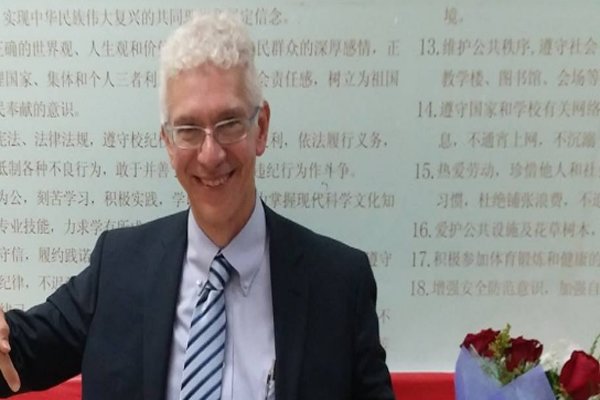





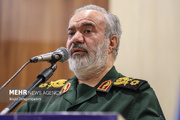
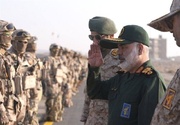


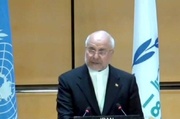


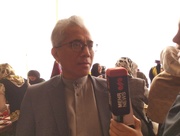
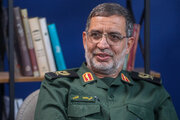



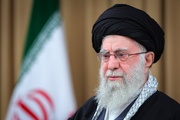

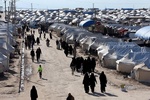
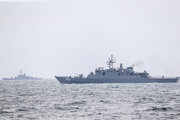


Your Comment